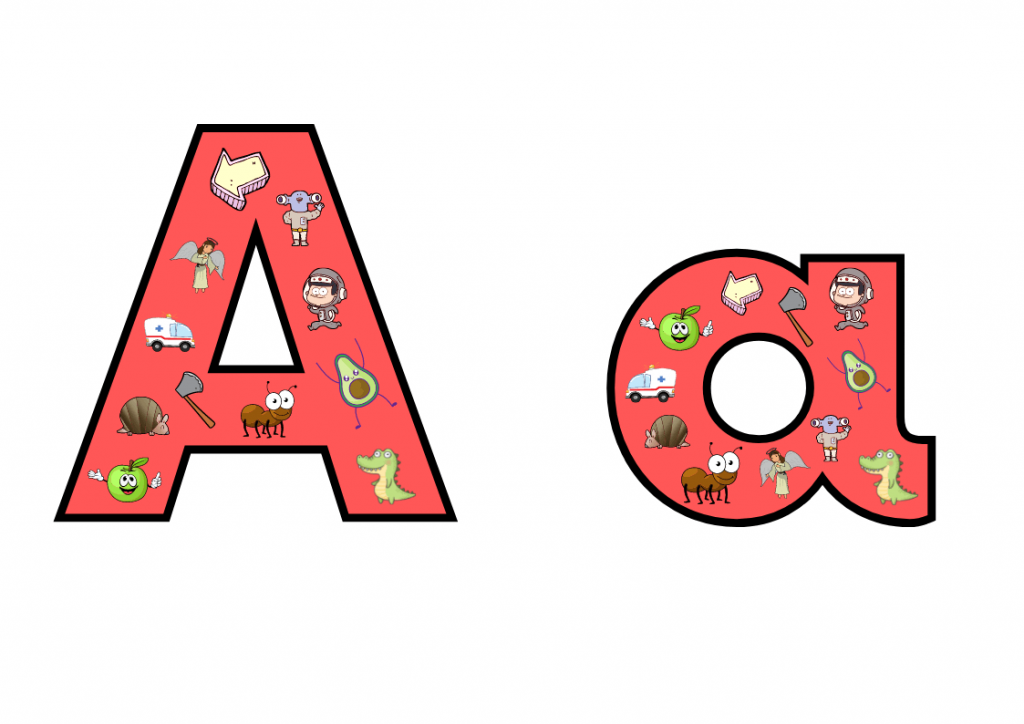Activities to Develop Reading Skills in Students

Learning to read is one of the fundamental components of any child’s education. Every child is unique and the process and the amount of time it takes for any child to learn to read varies greatly. The key is to make sure that the child remains patient and enjoys the process.
Oftentimes children are pressured into learning at the same pace as all of their classmates. Although this process may work in some cases, a few children always struggle in this approach and are invariably left behind. Therefore, it is important to acknowledge the strengths and weaknesses of every child and teach them accordingly so that they can not only learn but enjoy the process.
There are certain activities that motivate kids to learn reading. Let’s take a look at some of the activities that will help get kids excited about reading and learning.
Contents
Activities to Develop Reading Skills
Display Words and Letters
Displaying words and letters around the classroom is a great method to introduce words to children. Kids are automatically drawn to colourful posters and pictures; it will encourage them to ask questions about the words and letters that are represented. Through this habit kids will begin to learn new words and also associate letters of the alphabet with the words they are learning. The best way is to use posters with small and common words which are easy to remember.
Read Words Out Loud
Reading can feel challenging and tiring especially during the initial stages. However, one of the crucial ways to teach reading is to encourage children to read out loud. Reading out loud allows kids to slow down and concentrate more on what they’re reading. This not only allows the teachers/parents to notice any mispronunciations or mistakes the kids are making but also helps them keep track of the kids’ progress.
The parents/teachers themselves should also read stories out loud to children. In this process, the kids are not only seeing the words but they’re hearing them too. This helps them recognize the words better when they hear or see them again.
Teach Sight Words
One of the essential steps to learning to read is to develop a wide base of sight words. Now, what are sight words? Sight words are common words kids can read without having to sound them out. This ability comes from reading regularly and it is one of the best ways to help kids become fluent readers.
Words such as it, the, and appear so often in children’s texts that they quickly reach a point where they no longer need to sound the words out in order to understand them – they simply recognize the words by sight. These are common examples of sight words. Sight words are also referred to as high frequency words because of how often they are found in early reading material. There are also sight words that can be tricky to pronounce for early readers. For example, the word ‘of’ is pronounced as ‘off’.
A child may mispronounce it if they are not taught the correct pronunciation. Again, according to the pronunciation the kids might guess the spelling as ‘uf’. So, it is important to keep in mind such words whose pronunciation is different from their spelling and carefully teach them to children during the process of learning to read.
Choose Books at the Right Reading Levels
It is important that the books kids use during their early stages of learning are the correct amount of challenging for them. Kids should only read books and passages in which they are able to recognize and pronounce 90 percent of the words without any help. Having to stop too often breaks their focus and makes it difficult to concentrate on the story.
The constant struggle also discourages them and pushes them away from the overall learning process. The best way is to start with picture books which use colourful and engaging images to help children focus and enjoy learning. Once kids are familiar with the words in the picture books, they can move on to chapter books which put more emphasis on reading than images.
Reread Books
Children should not only progressively improve their reading speed with time but they should also be able to understand the meaning of the texts as they’re reading them. The best way to achieve this is to reread familiar stories with a simple meaning. This allows children to improve their reading speed while simultaneously interpreting the meaning of the text.
Rereading the same book might feel tedious and uninteresting but a second read will allow kids to understand ideas that they may not have understood when they read it the first time. Ultimately, the process will help them memorize words by sight and they will be able to apply this knowledge to any text/ book they read in the future.
Word Search Bingo
Often when a teacher is reading out loud, some kids lose focus and simply zone out. At the end of the day, it is impossible to know whether the child actually learnt anything during the reading exercise. One fun activity that allows children to engage and interact during the reading process is a word search bingo.
Simply create worksheets containing keywords from a particular passage and urge the children to circle the words they hear when the teacher is reading the passage out loud. This allows kids to be more involved in the process and also gives them an opportunity to have fun while learning.
Discuss The Text
One of the best ways to hold the focus of young learners is to discuss the text/passage thoroughly before, during and after reading it. Listening to a dictation can feel boring. It is thus important to engage them in mindful activities which pique their interests. Discussing a story allows children to feel heard and feel more involved in the learning process. The process will also make them feel comfortable to speak out and voice their doubts. A friendly relationship will thus develop between the students and the teachers from an early age.
These activities will not only help guide children through the process of reading but also help them have a fun time during it. Reading is the stepping stone to education and so it is essential to help a child through this process with care. Every child has their own pace at which they learn the best and it is important to follow all the necessary steps but not to pressurize them during the process.






Responses